Analyzing the Game Mechanics of Super Mario Odyssey
Level design in “Super Mario Odyssey” plays a pivotal role in the game’s immersive experience, boasting intricately crafted stages that invite exploration and experimentation. The game features a diverse range of kingdoms, each offering unique themes, enemies, and level objectives. These kingdoms are sprawling and open-ended, lending themselves to exploration rather than linear progression. The level design encourages curiosity, offering players the freedom to roam, engage with environments, and unearth secrets.
Central to the exploratory prowess of “Super Mario Odyssey” is Cappy, Mario’s sentient hat companion. The introduction of Cappy grants Mario a range of new abilities, the most notable being the capture mechanic. By throwing Cappy onto enemies or objects, Mario can take control of them, acquiring their abilities and traits. This mechanic not only adds a layer of complexity to puzzles but also enhances the exploration aspect by allowing players to navigate areas that Mario alone couldn’t access. Each capture opportunity is meticulously tied to the level design, making every kingdom a playground with endless possibilities.
Super Mario Odyssey’s pacing and challenge levels demonstrate an impeccable balance that caters to a broad audience. The game introduces challenges gradually, ensuring that players of all skill levels can enjoy the experience. Early gameplay sessions are designed to familiarize players with basic mechanics, gradually introducing more complex platforming challenges as players grow comfortable. This design ensures a steady progression, with each kingdom introducing new gameplay elements and heightening the difficulty incrementally.
A remarkable feature of Odyssey is its non-linear progression, which allows players to choose their path and approach to challenges. Players are tasked with collecting Power Moons in each kingdom, but the number required to progress is forgiving, giving players the flexibility to complete easier tasks or venture for more challenging moons. This design philosophy not only invites players to play at their own pace but also motivates completionists to explore every nook and cranny of the kingdoms.
A notable aspect of “Super Mario Odyssey” is its seamless integration of traditional platforming with modern mechanics. The game pays homage to classic Mario titles with 2D platforming sections hidden throughout kingdoms. These sections, presented as pixelated throwbacks to older games, blend perfectly with the 3D environments, providing a nostalgic yet fresh experience. They maintain the same charm and challenge as classic entries, creating a seamless blend between old and new gameplay elements.
The art direction and graphics in “Super Mario Odyssey” are a testament to Nintendo’s ability to innovate and beautify. Each kingdom is visually distinct and teeming with life, from the bustling streets of New Donk City to the lush landscapes of the Wooded Kingdom. Nintendo’s attention to detail is evident in the vibrant color palettes, intricate textures, and imaginative environments that characterize each kingdom. The art style complements the whimsical and adventurous tone of the game, enhancing the atmosphere and inviting players to immerse themselves in each unique setting.
Sound design in “Super Mario Odyssey” is equally commendable, featuring a dynamic soundtrack that complements the diverse environments and gameplay experiences. Each kingdom has its musical theme, ranging from the upbeat jazz rhythms of New Donk City to the serene melodies of the Seaside Kingdom. These musical themes enhance the atmosphere and mood of each location, enriching the player’s emotional connection to the game world. Additionally, sound effects are intricately designed to provide auditory feedback that is both informative and satisfying, such as the distinctive sound of Mario tossing Cappy.
The narrative of “Super Mario Odyssey” is relatively simple, yet it effectively serves as a framework for the gameplay. The storyline follows Mario’s quest to rescue Princess Peach from Bowser’s clutches once again. However, Odyssey spices up the traditional narrative by introducing new characters and locations, weaving a tale of travel and discovery. While the plot may not be the most intricate, it provides ample motivation for players to explore each kingdom thoroughly.
Replayability is where “Super Mario Odyssey” truly excels. The game offers an abundance of content even after the main storyline is completed. Post-game content includes additional Power Moons, newly unlocked areas, and increased difficulty levels designed to challenge seasoned players. The game’s approach to collectibles, such as costumes and souvenirs, further encourages revisiting previous kingdoms. This depth of content ensures that players continually return to the game, discovering something new with each playthrough.
One cannot discuss “Super Mario Odyssey” without highlighting its sense of creativity and wonder. The game mechanics, levels, and environments build upon one another in a way that constantly surprises and delights players. The capture mechanic, in particular, allows for a level of innovation and creativity seldom seen in platformers, constantly offering new ways to interact with the game world. The game rewards experimentation and creativity, making every moment a unique adventure.
In summary, “Super Mario Odyssey” is a masterclass in game design, successfully blending traditional mechanics with modern innovations. Its level design, gameplay mechanics, balance of challenge and progression, art and sound design, and narrative elements all contribute to creating a rich, immersive, and endlessly enjoyable experience. By catering to players of all skill levels and offering substantial replayability, it stands as a testament to Nintendo’s enduring legacy in the gaming industry. It’s a shining example of how thoughtful design and creativity can craft a game that is both familiar and groundbreaking, ensuring its place as a timeless classic in the world of gaming.
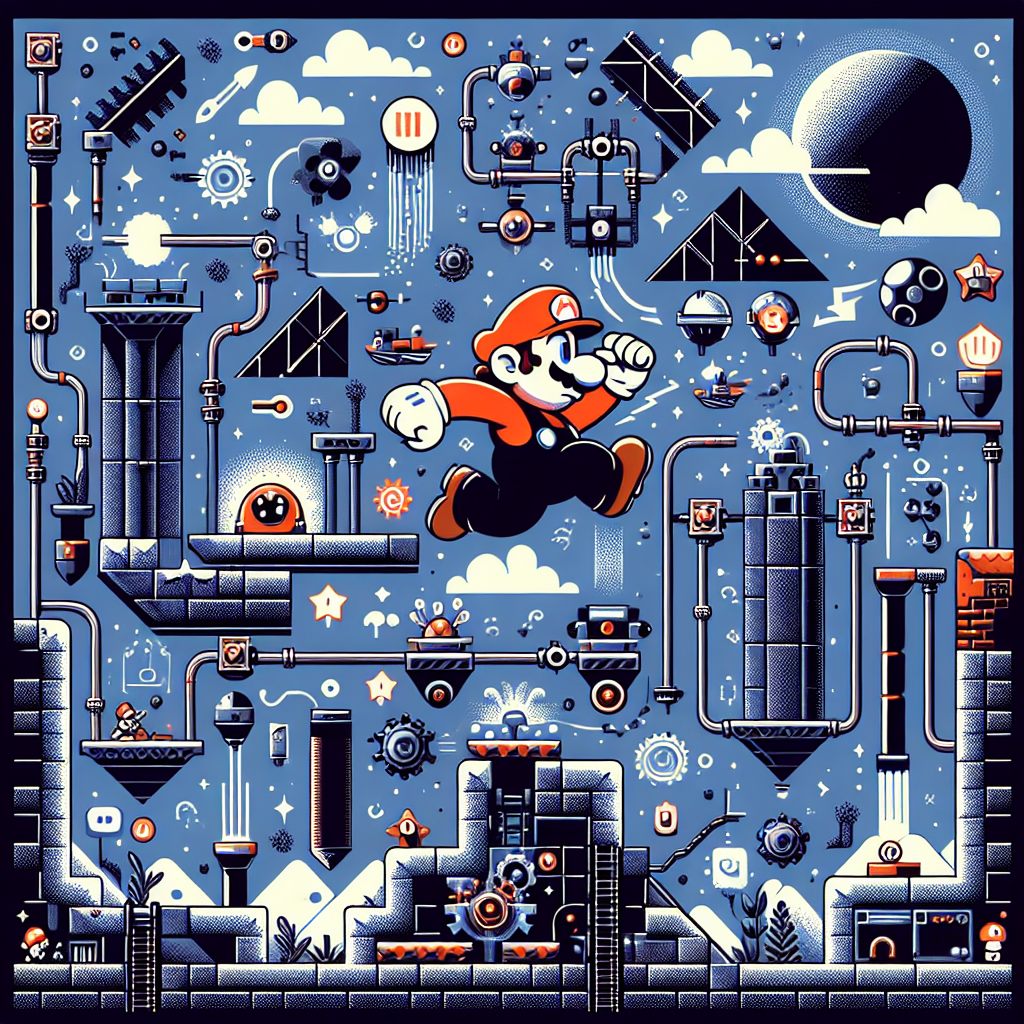
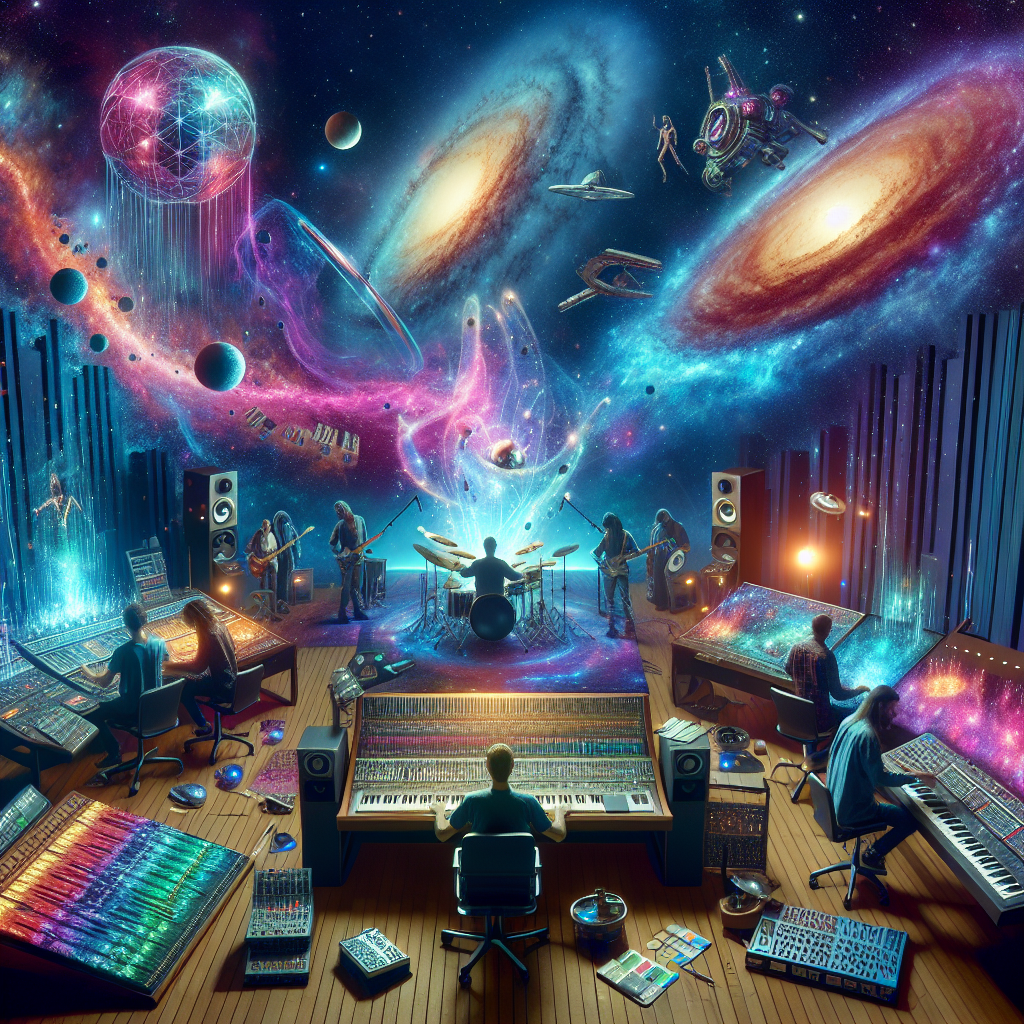
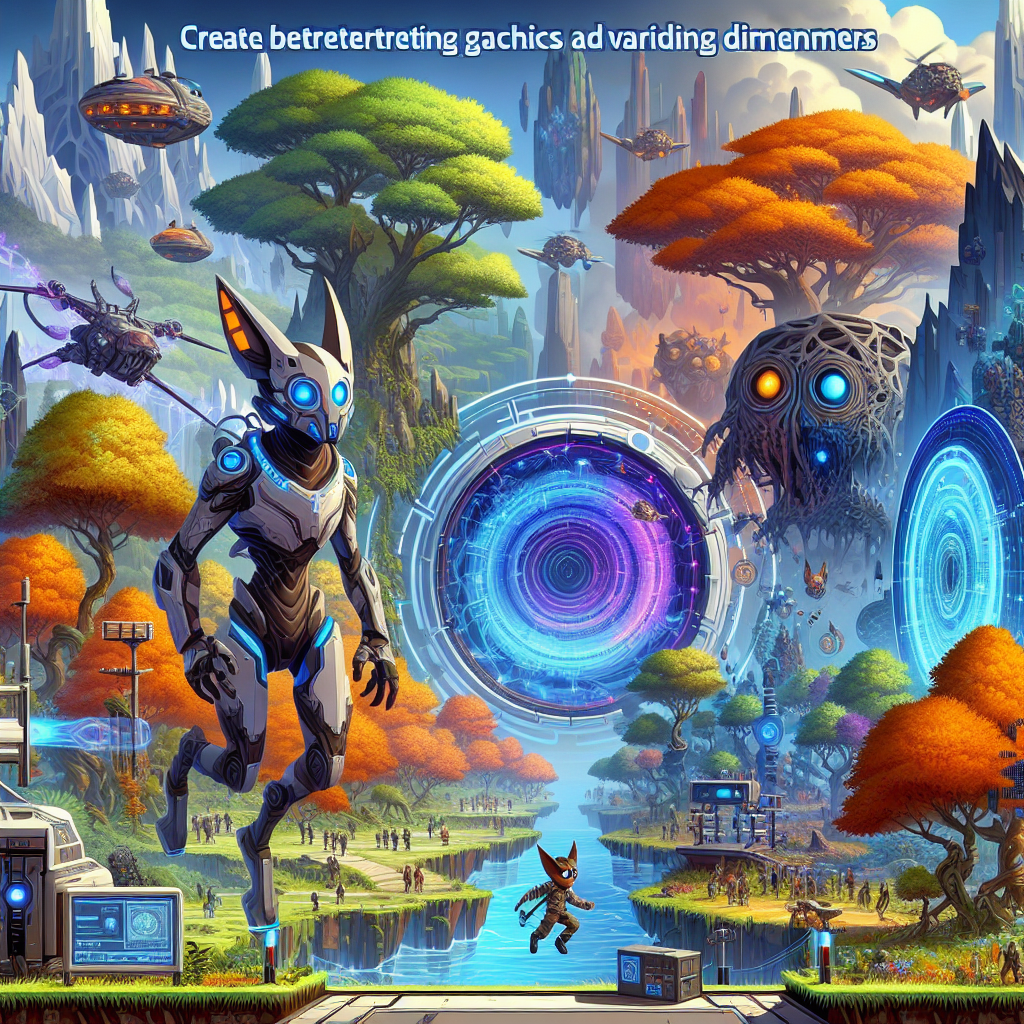





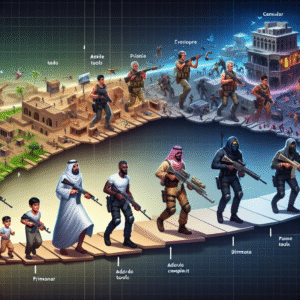
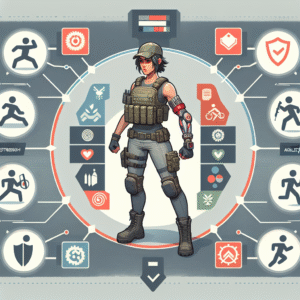


Post Comment